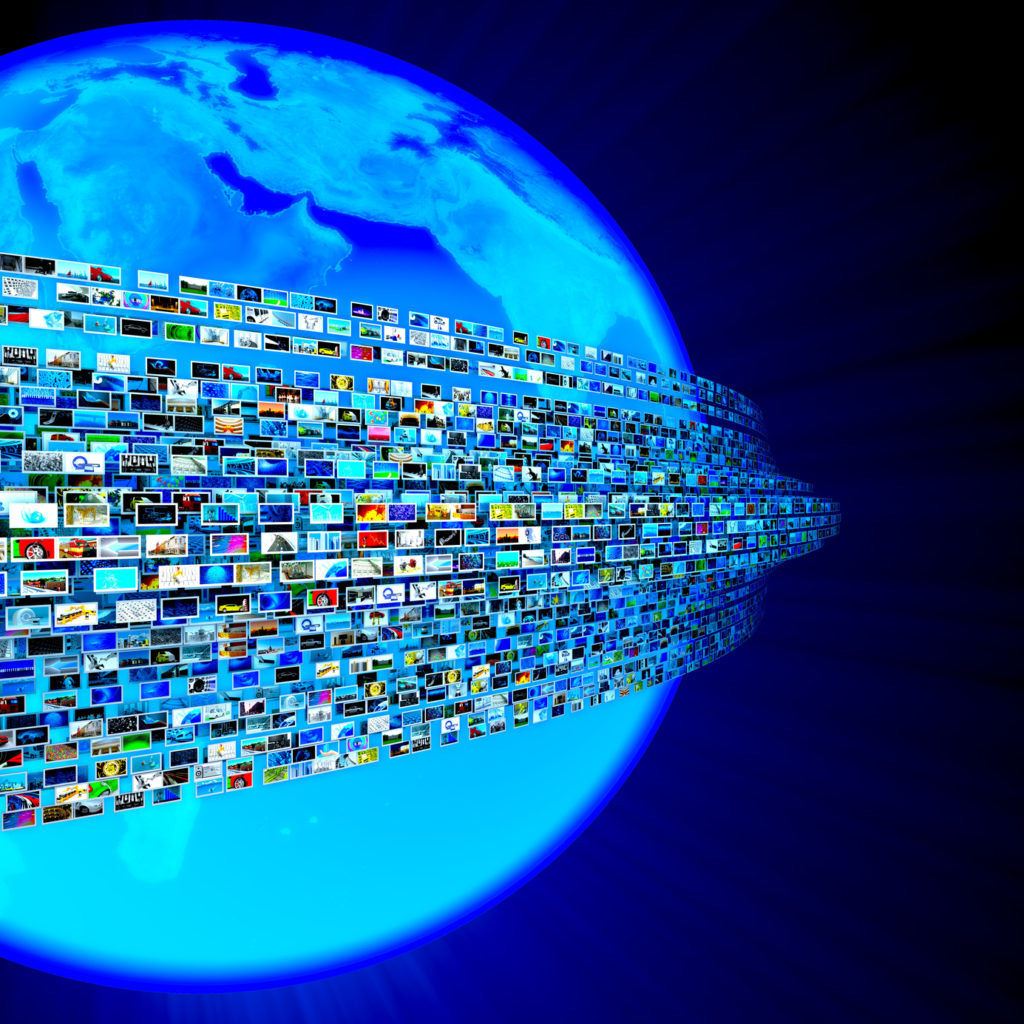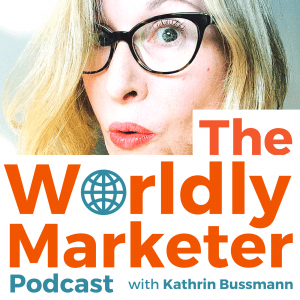
Let me just repeat what you have heard before, NOTHING is free, especially in business. Free will cost you something. The individual or company that offered you something for “nothing” is expecting “something” in return, whether it is your time, your information, or your money.
Yet, we seem to easily succumb to free offers. Marketers have been ringing that bell for centuries and we continue to show up! Pavlovian Conditioning has taken hold of our reactions and behaviors towards free. It is as if we are hardwired to respond to free. It often requires thought-processing and discipline to not react to “free,” even for curiosity’s sake.
As defined in Maslow’s Hierarchy of Needs, we are motivated by our hierarchy of human basic, psychological and self-fulfillment needs for survival. Free brilliantly feeds our deficiency and growth needs, as it can be perceived to be less work, little time, no money. It’s free! Or is it?
Businesses have long engaged in serving up plenty of free. It’s common practice in sales and marketing to drive a response and entice you into engagement. It is every consumer’s responsibility to select and filter what is offered for free. Determination of the right outcome should be guided by the general economics rule that there is nothing for “free” and everything costs something, including doing nothing.
Ways Businesses Utilize Free to Win You Over
- FREE Content and Media
- FREE Software and Hardware
- FREE Goods and Materials
- FREE Expertise and Advice
- FREE Tools
What did you give up in exchange for free?
The holy grail for any business, beyond revenue, is data and intelligence about your identity, your activities, your interests and most importantly, your needs.
Quid Pro Quo
Content is king to marketers. It’s the best “perceived” free offer to get you to engage. What is understood in the exchange of information, is that the all important free whitepaper you download, webinar your register to attend, article you read online has a price – usually your identity. Simply, content has economic value.
You see, it wasn’t free to produce the content and the business needs a return on their marketing investment. For you, that give-back will undoubtedly end up in a difficult unsubscribe moment if you aren’t really ready to commit to an ongoing relationship. If the marketer is savvy, they will want to also get your phone number, address, title and some other profiling data bits for future courting. It is quid pro quo.
Quid Pro Quo: Something that is given to you or done for you in return for something you have given to or done for someone else.
Your action, your click, your interest is valuable to a marketer. The intent was there all along and if you play along, it is assumed everyone understands how “free” works. Businesses will entice you with expertise, knowledge, fun facts and top secret insights to get you to volunteer your privacy and enter the game of quid pro quo.
 Game or business, it is how the process works. Nothing is assumed and nothing should ever be hidden in the way it all works. It should all be out in the open and transparent in the collective activities. You opt-in, you share, you provide open ownership of your data and you are officially connected as a prospect. A lead of sorts, unqualified perhaps; however, still a potential buyer. A customer in waiting.
Game or business, it is how the process works. Nothing is assumed and nothing should ever be hidden in the way it all works. It should all be out in the open and transparent in the collective activities. You opt-in, you share, you provide open ownership of your data and you are officially connected as a prospect. A lead of sorts, unqualified perhaps; however, still a potential buyer. A customer in waiting.
In the end, this work of trying to engage you all leads to the creating a “pool” of contact-worthy participants. What is often not considered by the willing participant in the quid pro quo game is the cost of the free content that openly converts you to the property of that collector, and potentially being sold to other “like” collectors who have a shared interest in your interests.
Free Creates Data
It’s money, it’s transactional, it’s business and you are now an asset. You see, there are fortunes to be made in owning your data. In fact, we are now in a new era where capturing and encapsulating it all has led to a lot of hording of data that businesses are trying to now figure out how to better monetize.
Businesses have become data-driven in all aspects of how they function, market and drive growth.
Data is entwined with nearly all facets of sales and marketing today. Being the controller of interested buyers or attentive consumers is gold to a business.
The data economy is driving corporate growth. Your data has value and it requires ROI for those that are putting the effort and resources into the collection process. Your data fuels the pipeline of opportunities, so there should be no surprises when the emails land in your inbox, the phone rings or there is a knock at the door to pry into your true interests when you responded to free. It’s just business.
Marketers strive for a qualified participant in the free quid pro quo game that willingly provides some level of profiling qualifications to subject themselves to continuous follow-up by people and technology. These subjects become part of the bits and bytes in corporate databases and lists, that may or may not be sold to others. Of course this doesn’t only apply to the collective efforts around “free” content and event trafficking.
Quid pro quo is not just a philosophy, it’s a tool for businesses.
Sometimes it isn’t as visible as a registration to get free content. The agreement to engage is deeply embedded into automation and intelligence to drive deeper relationships. To a business, that means converting you to a customer and driving up your customer lifetime value.
The free hardware to use the service provider or software, that’s not free. That’s a tool to get you to be committed to a long-term relationship. The coupon for a free sandwich is to get you to pony up for another item on the menu. The offer to buy-one-get-one-free is to drive you to put that item in the shopping cart, along with more items because you got such a great deal.
And the offer to use the software for free at the basic level (also known as a freemium offer), is to get you in as a subscriber. Once converted to a user, the intent is to upgrade your service to the feature-rich version. Nothing new or nefarious, it’s just the software business.
Marketing wants you to engage, face-to-face, virtually or through your actions. You are part of the customer acquisition costs (CAC). Companies are heavily investing in and relying on technologies for gaining your identity They are collecting IP addresses. they are buying into marketing tools and utilizing sniffing techniques that can identify your geography, company email extension and maybe full contact details to win you over as a customer.
Actions Pay Volumes
These digital sniffer advancements watch, harvest and store your every move. Yet, you didn’t get anything for free… or did you? Your free browser, your free social platforms, your free operating systems, your free applications, your free videos are NOT free. You are paying for them through your actions.
Smartly, the collectors of all this “free” stuff then sales the insights and actions based on your profiles to advertisers and other businesses for a hefty premium. Businesses exist and thrive on your shared experiences. It is what has built today’s largest global companies. Of course we all know (or should know) that it’s never really free. There is a cost to using what you perceive is free. It’s your mind-share and eventually, your wallet-share.

One of the most costly free offers to business is corporate advice. We all like to believe that advice from experts, who willingly share expertise and opinions, is all free. Actually, it can create quite a bit of distraction to those that willingly collect “free” tidbits from those that don’t have a truly vested interest in your success or business. It’s easier to give without consequence. As the receiver, you are the one that must pay the price for how your respond and react.
Advise is also quid pro quo. Advisors might want your like, your share, your referral, your call, maybe just an bit of recognition and praise. Taking the advice has a cost in your time. How you apply the advice will determine the actual cost. If right, it may be a total win. If it’s the wrong “free” advice, it could cost you and your business a fortune.
You may think you are getting something for nothing, but there is a price to pay for everything in business as well as daily life.
Opinions cost you if they are generic. The best advisor needs to spend time understanding your vision, strategy, goals and anticipated outcomes.
There is no doubt that the voluminous amounts of content in all forms is flowing fast and can be head-spinning. There are countless free ideas, suggestions, opinions, facts and sometimes falsehoods to help you do better. Proceed with caution! Words have consequences, even when they are free. Even if you are just giving your eyeballs and time, it has a cost to you and value to the creator of free.
My free advice, remember it’s quid pro quo and there is no free lunch.
Jamie Glass, CMO + Founder of Artful Thinkers, a sales and marketing consulting company.Additional Read: What is the Real Value in Free














You must be logged in to post a comment.